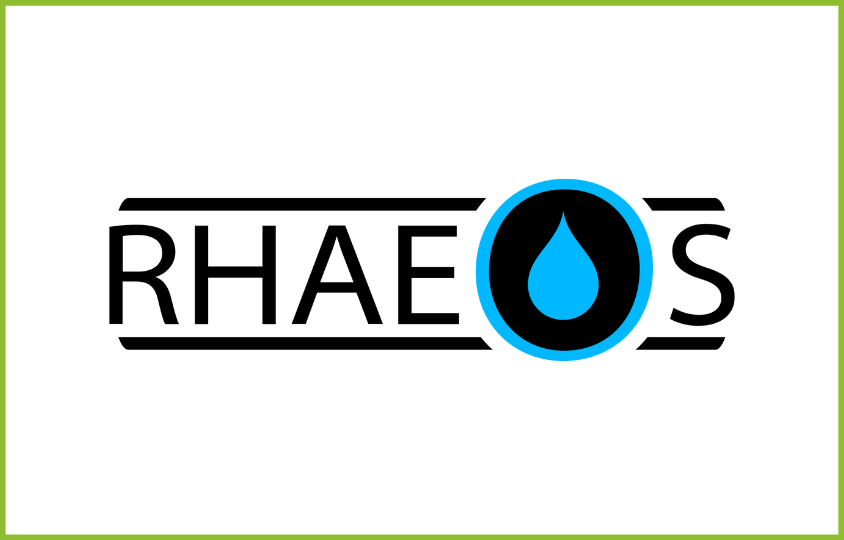Rhaeos, a 2022 RISE Founder and Rosenman Innovator, completed a $10.5M Series A funding round to launch the Hydrocephalus Shunt Monitor, a wireless, non-invasive thermal sensor that monitors shunt function in hydrocephalus patients, a chronic and difficult-to-treat neurological disorder.
Read the full story here.
EVANSTON, Ill., Feb. 16, 2023 /PRNewswire/ — Rhaeos®, Inc. (Rhaeos), a clinical stage medical device company focused on addressing an unmet need in the care of people with hydrocephalus, today announced the successful closing of $10.5 million in Series A funding led by the Steele Foundation for Hope, bringing Rhaeos’ total funding to date to more than $18 million. Other round participants include follow-on investors, Creative Ventures and Lateral Capital. The funding will be used to support the in-hospital launch of the FlowSense® shunt monitor, a wireless, non-invasive thermal sensor that rapidly monitors shunt function in people with hydrocephalus. The funding will also accelerate the development of the company’s pipeline products, including an at-home version of the FlowSense shunt monitor, and establish a path to better serve people with hydrocephalus in vulnerable communities worldwide.
“Our mission is to fund technology and innovation focused on improving the quality of life. Rhaeos’ technology addresses a critical unmet need for those suffering from hydrocephalus, how to monitor shunt function and improve clinical decision making,” said Joe Exner, Chief Executive Officer of the Steele Foundation for Hope. “Our investment will enable the exceptional team at Rhaeos to expand access to its innovative thermal sensors across the globe, improving the quality of care and outcomes for hydrocephalus patients.”
Over 1 million people in the US live with hydrocephalus1, a chronic condition characterized by excess cerebrospinal fluid in the brain. Approximately 50% of neurosurgically implanted ventricular shunts (the standard treatment for hydrocephalus) fail within the first two years of placement1. Formed out of the award-winning John A. Rogers Research Group at Northwestern University, the novel FlowSense technology is designed to rapidly and non-invasively monitor shunt function. The FlowSense system utilizes a small, bandage-sized patch that adheres to a person’s skin above the implanted shunt tubing. Critical data on shunt functionality is wirelessly transmitted to a mobile app in a matter of minutes, supporting clinical decision making to optimize treatment plans.
“Current diagnostic imaging tests used to assess shunt function are limited and can take up to 48 hours, leaving patients with hydrocephalus vulnerable to the damaging effects of excess cerebrospinal fluid on the brain,” stated David D. Limbrick, Jr., MD., Ph.D., T.S. Park Chair and Chief of Pediatric Neurosurgery, Washington University School of Medicine, and Neurosurgeon-in-Chief, St. Louis Children’s Hospital. “The FlowSense technology allows me to assess my patient’s shunt function at their bedside in minutes, reducing diagnostic uncertainty and expediting appropriate treatment for people living with this highly complex, chronic condition.”
In 2020, Rhaeos received FDA Breakthrough Device Designation for the FlowSense shunt monitor, enabling the company to work in close collaboration with the FDA to streamline the market clearance process. The FlowSense shunt monitor is currently being evaluated in an FDA pivotal study across multiple centers in the US. The company anticipates making the FlowSense shunt monitor commercially available to physicians and their patients in 2023.
“At Rhaeos, we are passionate about improving the care of people living from hydrocephalus,” said Anna Lisa Somera, MS, MBA, MPH, Chief Executive Officer, Rhaeos. “We are grateful for this round of financing that will advance the availability of our innovative shunt monitor to significantly improve the management of failed shunts and accelerate the development of our platform technology to improve care of other chronic conditions.”
